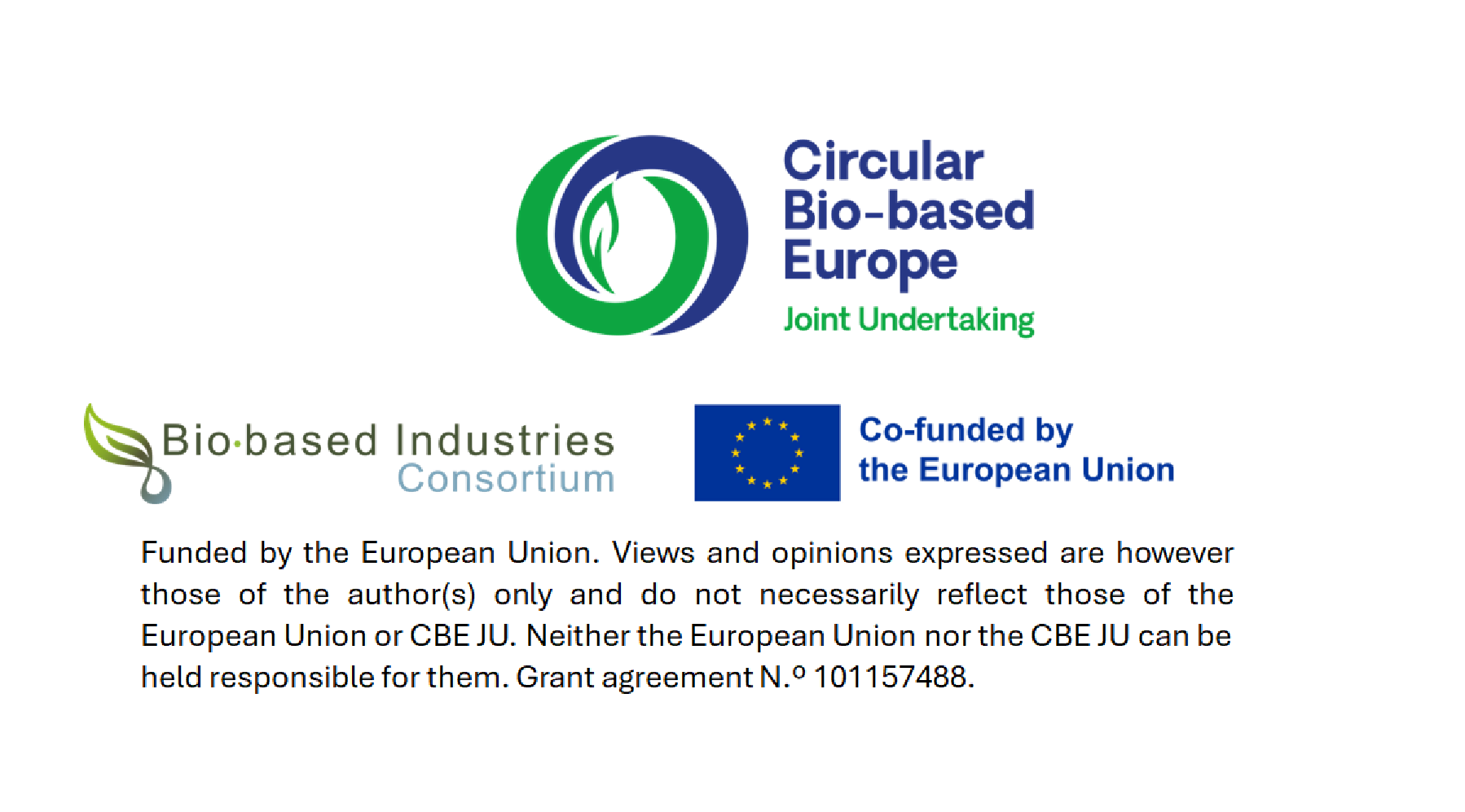In precision forest management, the unit of measurement is not a forested area but a single tree, and the location and individual characteristics of each tree are precisely known. When planning forest management activities, it is known which trees are the most important in terms of carbon sequestration and biodiversity, what is the most economical and least damaging route to harvest the trees, and how the trees should be cut for further processing. The approach also increases the capacity of forests to adapt to damage risks.
The method is based on the detection of individual trees, and information is collected from laser scanning data. It is especially well suited for continuous cover forestry.
The technology that enables the optimisation of forestry is still at the research and development phase, but that is where the industry is headed. Previously, we told about a smart harvester utilising precise location data, which is already being developed by some forest machine companies. The optimisation of the entire forestry value chain is now being studied.
‘The planning of forest management based on individual trees and their characteristics is the next step in forestry. It will significantly improve the climate and biodiversity impact as well as the resilience of forests towards various damage risks, and support evidence-based decision-making’, says Professor Heli Peltola from the University of Eastern Finland.
Based on accurate data
The recently launched SingleTree research project and the Proof of Concept project funded by the Research Council of Finland are taking steps towards the optimisation of the entire forestry value chain. The aim is to develop forest management that is both sustainable and economically viable.
The projects will explore ways to reliably identify individual trees, their locations and characteristics from point clouds: tree species and rare objects such as aspens, as well as tree density and damage. The methods utilise AI trained on accurate and dense image and point cloud data.
‘This way, up to 90% of the trees can be identified, compared to 60–70% with the best currently available methods. We collect the data using laser scanners and cameras attached to harvesters, drones and airships’, says Professor Juha Hyyppä from the Finnish Geospatial Research Institute of the National Land Survey of Finland.
Technology assists forest machine operators
With the ability to pinpoint the location of the harvester, the harvesting head and each tree, the harvester can provide real-time guidance to the operator. The harvester can assist the operator in noticing protected sites such as bodies of water and their buffer strips, dead and decayed trees, and rare deciduous trees. This requires a digital model of the environment entered into the harvester, called a ‘digital twin’. The method also reduces the operator’s workload and responsibility for the success of felling.
After felling, the trees felled during the research project will be put through a log X-ray machine to combine information about the internal quality of the trees with their external quality. The aim is to learn to identify the internal characteristics of trees before felling based on their external characteristics.
‘Knowing the quality of the trees before felling can result in an economic benefit of up to 10% in processing as a result of the knowledge on the purpose for which each tree is best suited. This could become a reality in about five years. Our goal is to ensure that forest resources are utilised in a resource-efficient manner and the sustainability of forestry is improved’, says Juha Hyyppä.
Further information
- Juha Hyyppä, Professor, Finnish Geospatial Research Institute of the National Land Survey of Finland, +358 415194451
- Eija Honkavaara, Research Professor, Finnish Geospatial Research Institute of the National Land Survey of Finland, +358 29531 4716
firstname.lastname@nls.fi - Heli Peltola, Professor, University of Eastern Finland, +358 40588 0005, firstname.lastname@uef.fi
SingleTree is a research and innovation project funded by Circular Bio-based Europe Joint Undertaking (CBE JU). It aims to contribute to the climate change adaptation and resilience of European forests as well as the sustainable management and use of forests for several purposes through precision forest management. The research is part of UNITE, a flagship of the Research Council of Finland, which studies and develops the forest-human-machine interplay.



